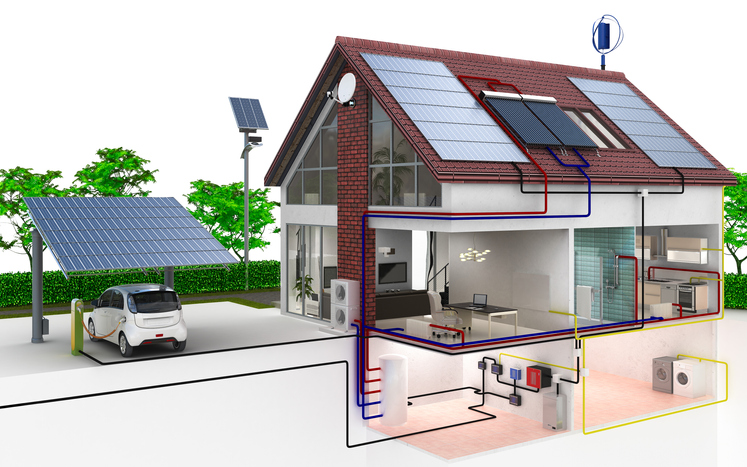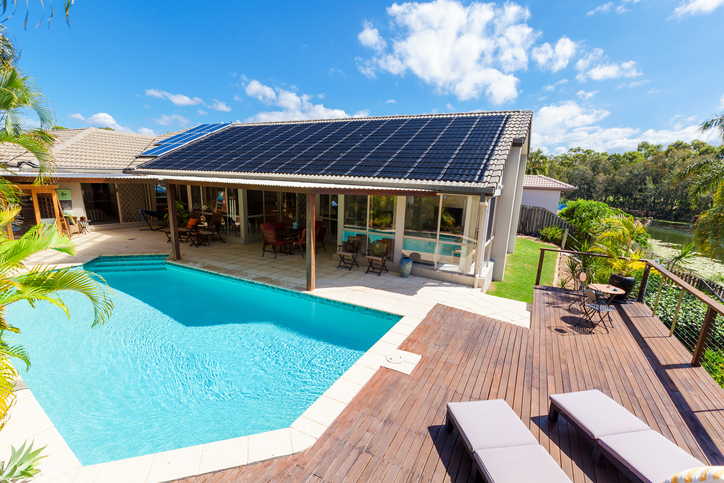Sustainable Building Design and Construction
Sustainable housing solutions are becoming an integral part of contemporary design, especially in Melbourne. As the world continues to combat climate change, creating sustainable buildings that have little impact on the environment are becoming increasingly more popular.
Sustainable housing considers the construction, design and operation of your house over its lifetime in three contexts:
- Environmental sustainability, which considers water, waste, energy, emissions and contamination.
- Economic sustainability, which considers construction and material costs, utilities and resale value.
- Social sustainability, which considers safety, security, accessibility and aesthetics.
Sustainable Melbourne home builders
At JKBD, all our home designs are developed to maximise all three categories of sustainability. Whether you are building a brand new home or just looking to retrofit your existing property, Melbourne-based sustainable home building designers can work with you to implement climate-responsive designs that uphold your standards of sustainability.
Sustainable building: embracing passive design
Sustainable buildings embody passive design, which embraces the climate that surrounds us by maintaining a comfortable temperature range within the home. This unique design is sustainable in a range of ways. From reducing or eliminating the need for auxiliary cooling and heating to phasing out the overall greenhouse gas emissions from your home, this unique design uses natural sources of heating and cooling to achieve this. Letting in sun and cooling breezes can be reached by orienting a building appropriately and carefully designing the roof, walls, windows and floors of the building, otherwise known as the buildings envelope.
However, achieving the ultimate passive design look requires a basic understanding of how the home works with seasonal climate change, such as when to close or open a window and how to operate adjustable shading. Passive design strategies can also vary depending on the climate. Choosing a home design consultant who is experienced in passive design can help ensure the use of thermal performance software in your home.
Let’s talk sustainable housing solutions
Let’s talk sustainable housing solutions
Whether you are looking to reconfigure an existing home or are hoping to build a completely new and 100% sustainable home, JKBD can help you achieve just that. With over 20 year of experience in the design and building industry, our sustainable building designers can help you create the ultimate eco-friendly design for your home.
For more information on additional services or to book a free initial consultation to discuss your sustainable design ideas further, give our office a call at (03) 9886 8000 or send us an email at info@jkbd.com.au and one of our experts will be happy to walk you through the process.
Designing and building sustainable homes
JKBD are sustainable home designers and builders in Melbourne. We know how to apply a wide range of sustainable strategies to both enhance and reduce your home’s environmental footprint. Speak to us about all your town planning needs.
Do sustainable house designs cost more?
The cost of a sustainable home depends on your needs and wants. It starts with the size of the home you want to build. A smaller eco-friendly house will cost less than your standard home since they use fewer materials and energy to keep it running.
However, initial outlays can be recuperated with passive solar design, materials you choose, and efficient appliances. So, in the long run, you’re saving money.
Let’s examine some of the things you should consider when building a sustainable home with JKBD, the best sustainable builder in Melbourne.
- Reuse and transform building materials like bricks, hardwood framing, and concrete
- Size of your home
- Water systems such as water tanks, greywater, and reusing water where possible
- The kind of appliances you’ll be using
- Cooling systems
- Naturally constructed materials
- Multi houses for family and friends


You won’t regret choosing this environmentally friendly home. At the end of the day, you’ll have:
- Beautiful natural light entering your home
- A comfortable home where you can sit back and relax in
- Much lower energy bills
- Improved air quality
- Peace and quiet with its soundproofing
- Done your part for45 the environment by reducing your carbon footprint
Start working on your dream home today. Speak to us about your town planning needs.
Energy-efficient design
FAQs
Sustainable house designs are environmentally friendly because of their energy efficiency. Built with low-impact and high-performance materials, they optimise energy, water use and are built to minimise any negative impact on the environment. As a result, any house can be turned into sustainable living to save the earth’s precious resources.
There are several things to consider when looking at a sustainable building design, including:
- Energy efficiency – Many products contribute to an energy-saving home due to their unique thermal properties like Hempcrete, double glazed windows, solar panels, and slab heating.
- Recycled and sustainable materials – Hemp, Rammed earth, and straw bale are popular choices. But don’t forget about reclaimed beams, pavers, sustainable timber, and Low-VOC paints.
- Lighting – To save energy, think about the wattage of light bulbs and the light fitting you’re using. For example, LED is a highly efficient lighting technology, and CFLs are miniature versions of fluorescent tubes. Best of all, the two are interchangeable.
- Water Conservation – Consider installation of greywater systems and showerheads. And look at the WELS star rating so that you can compare the water efficiency of different products.
Natural resources are running out, and we must all do our part to save the environment. So, where possible, use recycled materials, green building supplies, or any access building materials, and use alternative energy resources.
Sustainable homes are energy efficient because they require much less energy to heat and cool, and they’re able to withstand climate and weather conditions. In addition to this they:
- Are cost-effective
- Reduce any environmental impact or footprint
- Made from fewer harmful chemicals
- Conserve energy and water
